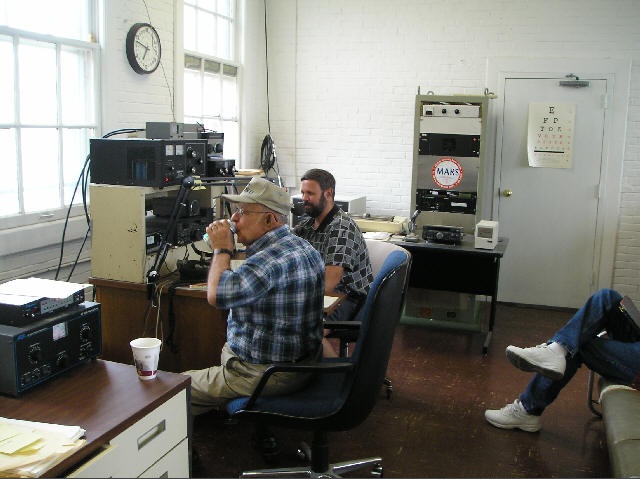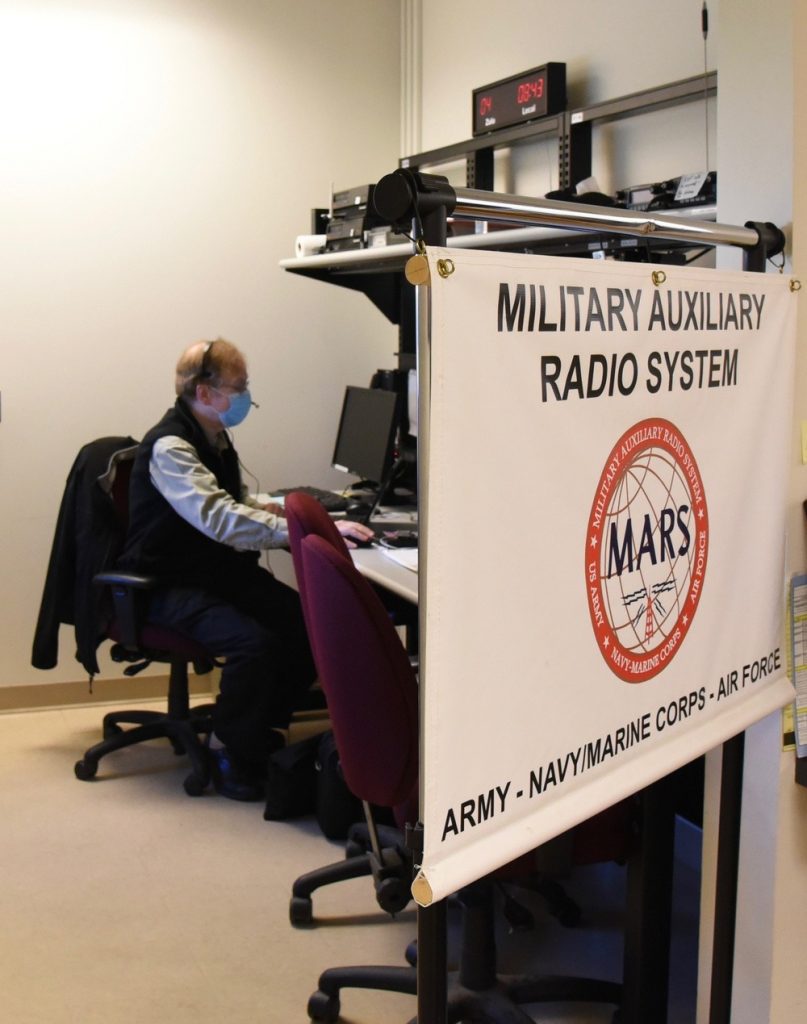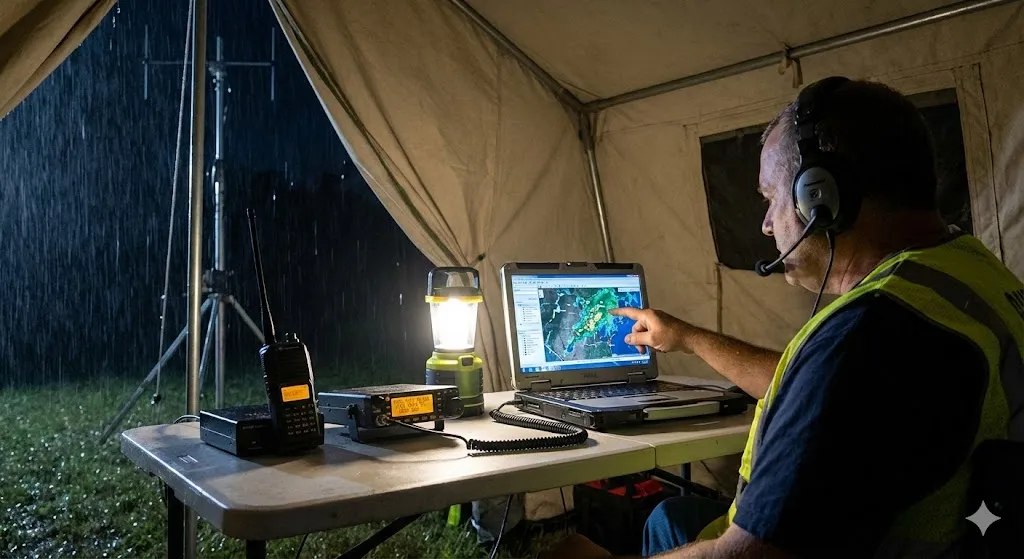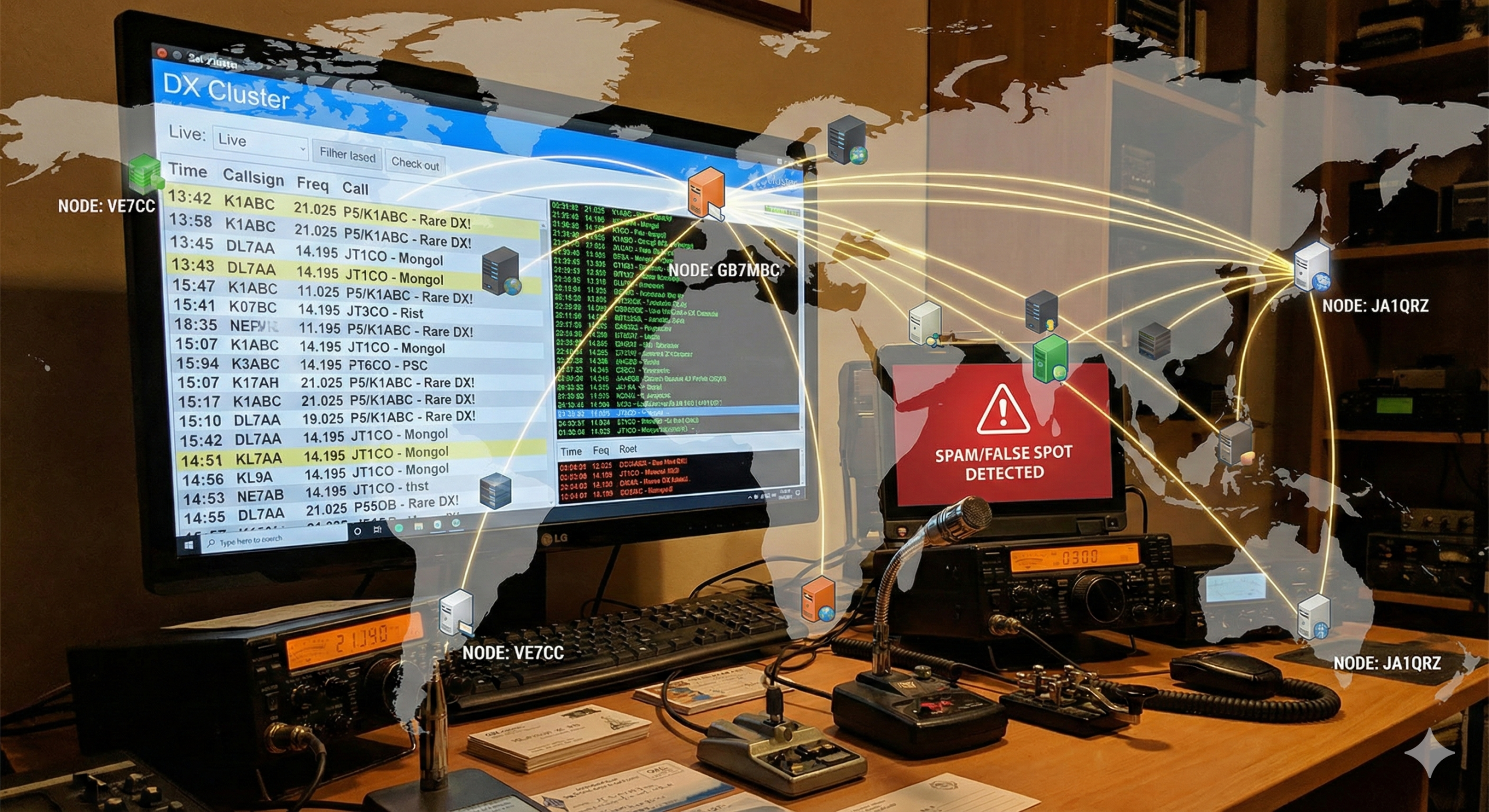The Military Auxiliary Radio System (MARS): A History of Service and Communication
Introduction:
In the vast domain of military communication, the Military Auxiliary Radio System (MARS) has stood as a crucial network, bridging the gap between military forces and civilian radio operators. With a rich history, diverse purposes, and a significant role during past exercises and wars, MARS has been instrumental in facilitating communication in times of crisis. In this article, we will explore the fascinating history, purposes, evolution, and noteworthy contributions of the Military Auxiliary Radio System.

I. The Origins and Purpose:
The Military Auxiliary Radio System traces its roots back to World War II when amateur radio operators were recruited to support the U.S. military’s communication efforts. Initially known as the Army Amateur Radio System (AARS), it later expanded to encompass all branches of the military and became the Military Affiliate Radio System in 1948, before transitioning to the current name, Military Auxiliary Radio System (MARS), in 1952.
The primary purpose of MARS is to establish a reliable communication link between military personnel and civilian amateur radio operators during times of emergencies, natural disasters, or other situations where traditional communication infrastructure may be compromised or overloaded. MARS serves as a vital backup system, ensuring that critical information can be transmitted and received when traditional means of communication are unavailable.

II. Then and Now: Evolution of MARS:
Over the years, MARS has evolved in response to advancements in technology and changing military communication needs. In the past, MARS primarily relied on amateur radio operators who volunteered their time and equipment to support military communication. Today, MARS has transitioned to a more structured organization with dedicated military personnel and a robust infrastructure of radio stations and networks.
Modern MARS operates on a wide range of frequencies, including high-frequency (HF) bands, very high-frequency (VHF) bands, and ultra-high-frequency (UHF) bands. It leverages a variety of digital modes, such as Automatic Link Establishment (ALE), to enhance the reliability and security of communications. MARS also collaborates with other government agencies, such as the Federal Emergency Management Agency (FEMA) and the Department of Homeland Security (DHS), to ensure effective coordination and response during emergencies.

III. Past Exercises and War History:
Throughout its history, MARS has played a significant role in various military exercises and conflicts. Here are some notable examples:
- Cold War Era: During the Cold War, MARS served as a critical communication link between military forces stationed around the world and their families back home. It facilitated morale-boosting messages, provided emergency communication services, and supported military operations.
- Desert Storm: In the early 1990s, MARS played a vital role in Operation Desert Storm, providing communication support to deployed forces. MARS stations relayed messages between service members and their loved ones, ensuring that important updates and emotional connections were maintained.
- Hurricane Katrina: During the devastating hurricane in 2005, MARS volunteers provided essential communication assistance to support rescue and relief efforts. They relayed critical information, coordinated logistics, and provided situational awareness to aid response teamson the ground.
- Current Operations: In recent years, MARS has continued to support military operations, disaster response, and humanitarian efforts. It has been involved in exercises and training exercises, ensuring that communication channels remain open and operational in times of need.
IV. Collaborations and Partnerships:
MARS has established collaborations and partnerships with various organizations to enhance its effectiveness and expand its capabilities. These include:
- Amateur Radio Community: MARS continues to work closely with the amateur radio community, leveraging their expertise, equipment, and networks during emergencies. This partnership strengthens the resilience of communication systems and fosters valuable cooperation between military and civilian operators.
- Government Agencies: MARS collaborates with government agencies such as FEMA and DHS to ensure seamless coordination and integration into national emergency response plans. By aligning efforts, MARS can efficiently contribute to overall emergency preparedness and response.
V. Conclusion:
The Military Auxiliary Radio System (MARS) has a rich and storied history in providing critical communication support to military forces and facilitating coordination during emergencies. From its humble beginnings as a network of amateur radio operators to its current state as a structured organization, MARS has continuously adapted to evolving communication technologies and military requirements. Through collaborations and partnerships, MARS remains a vital backup system, ensuring connectivity and information flow when traditional communication infrastructure faces challenges. As we look to the future, MARS will undoubtedly continue to play a crucial role in enabling effective communication between military personnel and civilian operators, contributing to the overall resilience and readiness of our nation.
Disclaimer: The views and opinions expressed in this article are solely those of the author and do not necessarily reflect the official policy or position of any military organization or government entity.







Post Comment